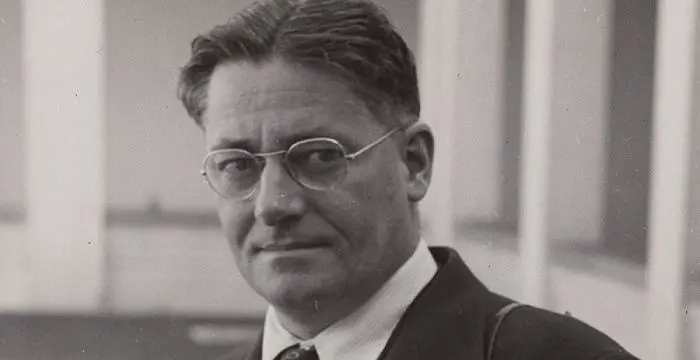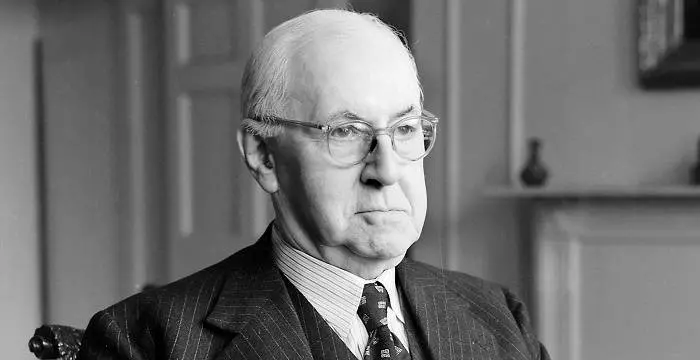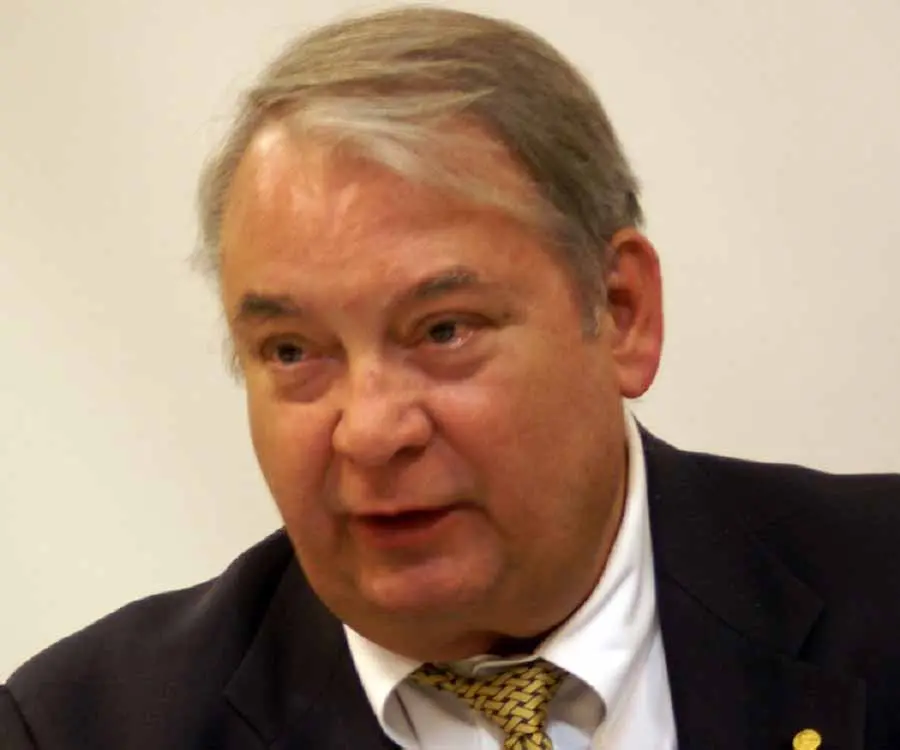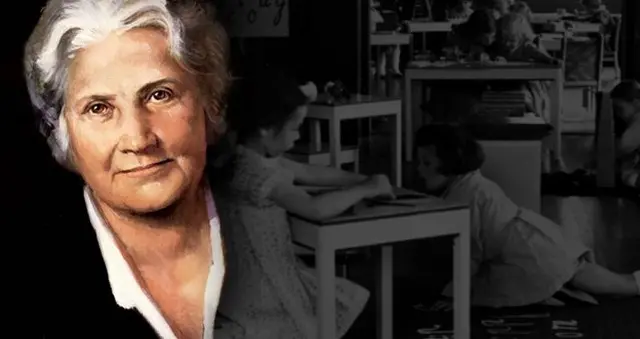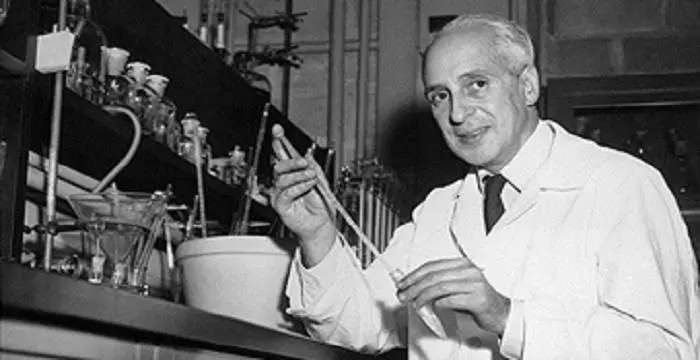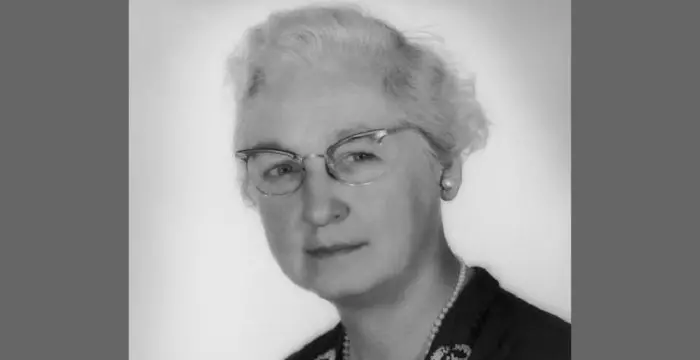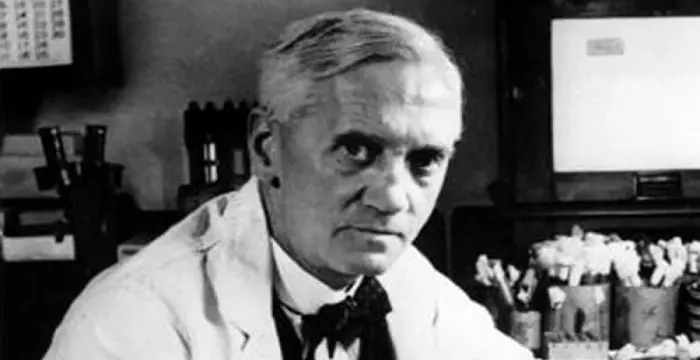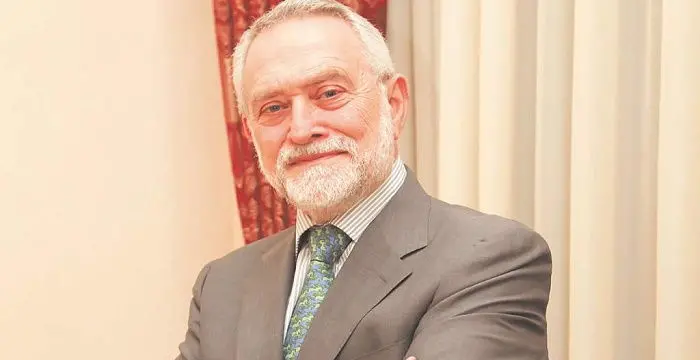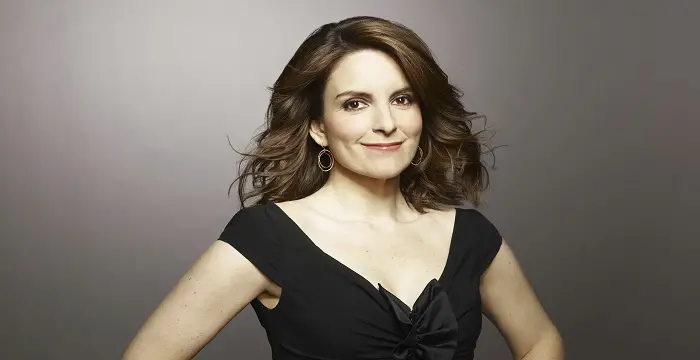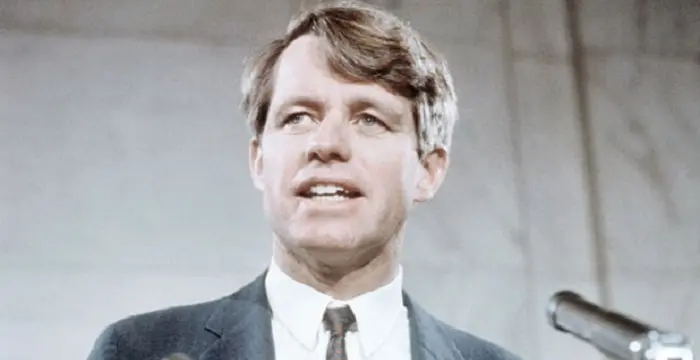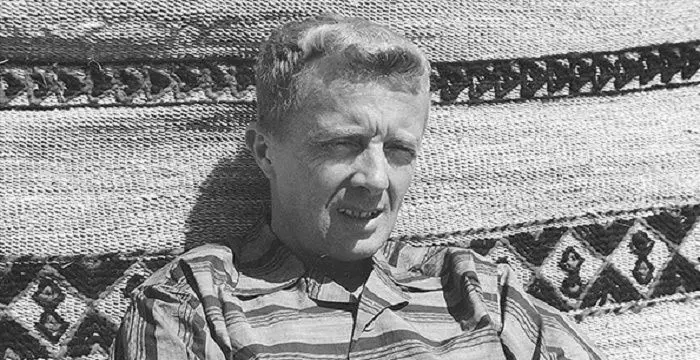
Ferid Murad - Physicians, Career and Family
Ferid Murad's Personal Details
Ferid Murad is an American physician and pharmacologist who won a share of the 1998 Nobel Prize in Physiology or Medicine
| Information | Detail |
|---|---|
| Birthday | September 14, 1936 |
| Nationality | American |
| Famous | University Of Virginia, Physicians, Pharmacologists, Pharmacologists, Physicians |
| Spouses | Carol Ann Leopold |
| Universities |
|
| Notable Alumnis |
|
| Birth Place | Whiting, Indiana |
| Gender | Male |
| Father | Jabir Murat Ejupi |
| Mother | Henrietta Bowman |
| Sun Sign | Virgo |
| Born in | Whiting, Indiana |
| Famous as | Physician and Pharmacologist |
// Famous Pharmacologists
Howard Florey
Howard Florey was an eminent Australian pathologist who is credited for making penicillin available to the world. With this biography, explore about his childhood, life, achievements and timeline.
Ulf von Euler
Ulf von Euler was a noted Swedish physiologist who was one of the joint winners of the 1970 Nobel Prize in Physiology or Medicine. Check out this biography to know about his childhood, life, achievements, works & timeline.
Henry Hallett Dale
Sir Henry Hallett Dale was a British physiologist who won the Nobel Prize in Medicine in 1936. Check out this biography to know about his childhood, life, achievements, works & timeline.
Ferid Murad's photo
Who is Ferid Murad?
Ferid Murad is an American physician and pharmacologist who won a share of the 1998 Nobel Prize in Physiology or Medicine for the discovery that nitric oxide (NO) acts as a signaling molecule in the cardiovascular system of mammals. His works, combined with the independent research of Robert F. Furchgott and Louis J. Ignarro paved the way for significant development in the field of cardiovascular medicine. The son of hardworking restaurant owners in Indiana, he grew up watching his less-educated parents toil hard to earn their livelihood. This in part inspired him to get professionally qualified when he was old enough. From a young age, he began helping his parents in running the business and learned the values of hard work and determination. His mother’s compassion for the underprivileged motivated the boy to become a doctor. A brilliant student, he completed his undergraduate degree in chemistry from the pre-med program at DePauw University and proceeded to the Case Western Reserve University for his MD and pharmacology Ph.D. He practiced as a physician while simultaneously embarking on an academic career. In the 1970s, he performed research that showed that nitroglycerin and several related heart drugs induce the formation of nitric oxide. Scientists Robert F. Furchgott and Louis J. Ignarro built upon Murad’s works which eventually led to significant discoveries that revolutionized the treatment of cardiovascular disorders.
// Famous Physicians
Maria Montessori
Maria Montessori was a physician and educator who developed the approach of Montessori education. This biography of Maria Montessori provides detailed information about her childhood, life, achievements, works & timeline.
Severo Ochoa
Severo Ochoa was a Spanish physician and biochemist who won the 1959 Nobel Prize in Physiology or Medicine. Check out this biography to know about his childhood, life, achievements, works & timeline.
Virginia Apgar
Known for inventing a novel newborn scoring system, Virginia Apgar was a reputed Physician. Check out this biography to know about her childhood, family life, achievements and other facts related to her life.
Childhood & Early Life
Ferid Murad was born on September 14, 1936, in Whiting, Indiana, to Jabir Murat Ejupi (later known as John Murad), an Albanian immigrant from Gostivar, Macedonia, and Henrietta Bowman, an American Christian. He had two younger brothers and grew up in Whiting, Indiana, where his parents operated a restaurant.
Since his parents were not much educated, Ferid himself was determined to get as much formal education as possible. He was hard working and determined from a young age, traits he inherited from his parents. As a school student, he used to help his parents in operating the restaurant.
He knew from the age of 12 that he was meant to be a doctor. However, his parents did not have enough funds to send him to medical college after high school and he started looking for scholarships.
A bright student, he earned a Rector Scholarship at DePauw University in Greencastle and received his undergraduate degree in chemistry from the pre-med program in 1958. Then on the suggestion of a mentor he joined a new MD-Ph.D. program at Case Western Reserve University and earned his MD and pharmacology Ph.D. in 1965.
Career
He interned in Internal Medicine at Massachusetts General Hospital during 1965-66, and served as a Resident in Internal Medicine (1966-67). He then proceeded to the National Institutes of Health (NIH) as a Clinical Associate and Senior Assistant Surgeon, Public Health Service, National Heart and Lung Institute in 1967. He spent three years there researching in Martha Vaughan's laboratory.
In 1970, he joined the new Clinical Pharmacology Division in the Department of Medicine in the University of Virginia as an Associate Professor in medicine and pharmacology. Over the course of his highly productive career there, he became the Director of their Clinical Research Center in 1971 and the Director of Clinical Pharmacology in 1973. He was promoted to full professorship in 1975.
During the 1970s, he focused on researching cyclic GMP (cyclic guanosine monophosphate) and collaborated with other scientists to conduct the first experiments with the biological effects of nitric oxide (NO). In 1977, he successfully demonstrated that nitroglycerin and several related heart drugs induce the formation of nitric oxide—the colorless and odorless gas that promotes an increase in the diameter of blood vessels in the body.
The significant research done by Murad provided the basis for the works of scientists Robert F. Furchgott and Louis J. Ignarro who built on Murad’s works to arrive at some very important discoveries that not only led to improved treatment of cardiovascular diseases, but also indirectly led to the development of anti-impotency drugs.
Ferid Murad accepted the position of Chief of Medicine at the Palo Alto VA Medical Center, Stanford University in 1981, a position he held until 1986. From 1986 to 1988, he served as Acting Chairman of Medicine.
In 1988, he left Stanford to join Abbott Laboratories as a Vice President of Pharmaceutical Discovery. In 1993, he founded his own biotechnology company, the Molecular Geriatrics Corporation, serving as its president. The venture, however, was not a successful one.
He returned to academics in 1997 and joined the University of Texas Medical School at Houston to create a new department of integrative biology, pharmacology, and physiology. There he was Professor and Director Emeritus of The Brown Foundation Institute of Molecular Medicine for the Prevention of Human Disease, John S. Dunn Distinguished Chair in Physiology and Medicine, and Deputy Director of The Brown Foundation Institute of Molecular Medicine, among others.
In 2011, he became a Professor in the Department of Biochemistry and Molecular Biology at the George Washington University.
Major Works
Ferid Murad performed significant research on cyclic guanosine monophosphate (GMP) which is formed by an enzyme when it is activated by nitroglycerin. He demonstrated that nitroglycerin produced this effect by emitting nitrous oxide (NO). His work set the pace for further research that determined cyclic GMP as a signaling molecule in the cardiovascular system.
Awards & Achievements
In 1996, Murad and Robert F. Furchgott won the Albert Lasker Award for Basic Medical Research.
Ferid Murad, Robert F. Furchgott, and Louis J. Ignarro were awarded jointly the Nobel Prize in Physiology or Medicine 1998 "for their discoveries concerning nitric oxide as a signaling molecule in the cardiovascular system."
Personal Life & Legacy
He met Carol Ann Leopold, an English and Spanish major at DePauw, in 1957. They got married on June 21, 1958. The couple has four daughters and one son.
// Famous Pharmacologists
Alexander Fleming
Alexander Fleming was a Scottish biologist and pharmacologist who discovered enzyme lysozyme and antibiotic penicillin. This biography of Alexander Fleming profiles his childhood, life, research, discoveries, achievements and timeline.
Howard Florey
Howard Florey was an eminent Australian pathologist who is credited for making penicillin available to the world. With this biography, explore about his childhood, life, achievements and timeline.
Salvador Moncada
Salvador Moncada is a Honduran-British pharmacologist and professor. This biography of Salvador Moncada provides detailed information about his childhood, life, achievements, works & timeline
Ferid Murad's awards
| Year | Name | Award |
|---|---|---|
Other | ||
| 0 | Nobel Prize in Physiology or Medicine (1998) | |
| 0 | Albert Lasker Award for Basic Medical Research (1996) | |
Ferid Murad biography timelines
- // 14th Sep 1936Ferid Murad was born on September 14, 1936, in Whiting, Indiana, to Jabir Murat Ejupi (later known as John Murad), an Albanian immigrant from Gostivar, Macedonia, and Henrietta Bowman, an American Christian. He had two younger brothers and grew up in Whiting, Indiana, where his parents operated a restaurant.
- // 1958 To 1965A bright student, he earned a Rector Scholarship at DePauw University in Greencastle and received his undergraduate degree in chemistry from the pre-med program in 1958. Then on the suggestion of a mentor he joined a new MD-Ph.D. program at Case Western Reserve University and earned his MD and pharmacology Ph.D. in 1965.
- // 21st Jun 1958He met Carol Ann Leopold, an English and Spanish major at DePauw, in 1957. They got married on June 21, 1958. The couple has four daughters and one son.
- // 1977During the 1970s, he focused on researching cyclic GMP (cyclic guanosine monophosphate) and collaborated with other scientists to conduct the first experiments with the biological effects of nitric oxide (NO). In 1977, he successfully demonstrated that nitroglycerin and several related heart drugs induce the formation of nitric oxide—the colorless and odorless gas that promotes an increase in the diameter of blood vessels in the body.
- // 1988 To 1993In 1988, he left Stanford to join Abbott Laboratories as a Vice President of Pharmaceutical Discovery. In 1993, he founded his own biotechnology company, the Molecular Geriatrics Corporation, serving as its president. The venture, however, was not a successful one.
- // 1996In 1996, Murad and Robert F. Furchgott won the Albert Lasker Award for Basic Medical Research.
- // 1997He returned to academics in 1997 and joined the University of Texas Medical School at Houston to create a new department of integrative biology, pharmacology, and physiology. There he was Professor and Director Emeritus of The Brown Foundation Institute of Molecular Medicine for the Prevention of Human Disease, John S. Dunn Distinguished Chair in Physiology and Medicine, and Deputy Director of The Brown Foundation Institute of Molecular Medicine, among others.
- // 1998Ferid Murad, Robert F. Furchgott, and Louis J. Ignarro were awarded jointly the Nobel Prize in Physiology or Medicine 1998 "for their discoveries concerning nitric oxide as a signaling molecule in the cardiovascular system."
- // 2011In 2011, he became a Professor in the Department of Biochemistry and Molecular Biology at the George Washington University.
// Famous University Of Virginia
Laura Ingraham
Laura Ingraham is a popular radio host, author and political commentator, best known for her radio show ‘The Laura Ingraham Show’. This biography profiles her childhood, life, career, achievements and timeline.
Tina Fey
Tina Fey is an American actress, comedian, writer and producer, most famous for her work on Saturday Night Live and 30 Rock. This biography of Tina Fey provides detailed information about her childhood, life, achievements, works & timeline.
Ronald Coase
Ronald Coase was a highly acclaimed British economist who became the proud recipient of Nobel Prize in Economics in 1991. Check his biography to get details about his life and career.
Robert F. Kennedy
Robert F. Kennedy was a U.S Senator and the younger brother of the US President John F. Kennedy. Explore this biography to know more about his profile, childhood, life and timeline.
Katie Couric
Katie Couric is an American television news anchor, journalist and author. This biography profiles her childhood, life, timeline and works.
Paul Bowles
Paul Bowles was an American writer, music composer, poet, translator and novelist. Check out this biography to know about his childhood, life, achievements, works & timeline.
Ferid Murad's FAQ
What is Ferid Murad birthday?
Ferid Murad was born at 1936-09-14
Where is Ferid Murad's birth place?
Ferid Murad was born in Whiting, Indiana
What is Ferid Murad nationalities?
Ferid Murad's nationalities is American
Who is Ferid Murad spouses?
Ferid Murad's spouses is Carol Ann Leopold
What was Ferid Murad universities?
Ferid Murad studied at University Of Virginia
What was Ferid Murad notable alumnis?
Ferid Murad's notable alumnis is University Of Virginia
Who is Ferid Murad's father?
Ferid Murad's father is Jabir Murat Ejupi
Who is Ferid Murad's mother?
Ferid Murad's mother is Henrietta Bowman
What is Ferid Murad's sun sign?
Ferid Murad is Virgo
How famous is Ferid Murad?
Ferid Murad is famouse as Physician and Pharmacologist
